How to Find Small Businesses: Tools and Strategies That Work
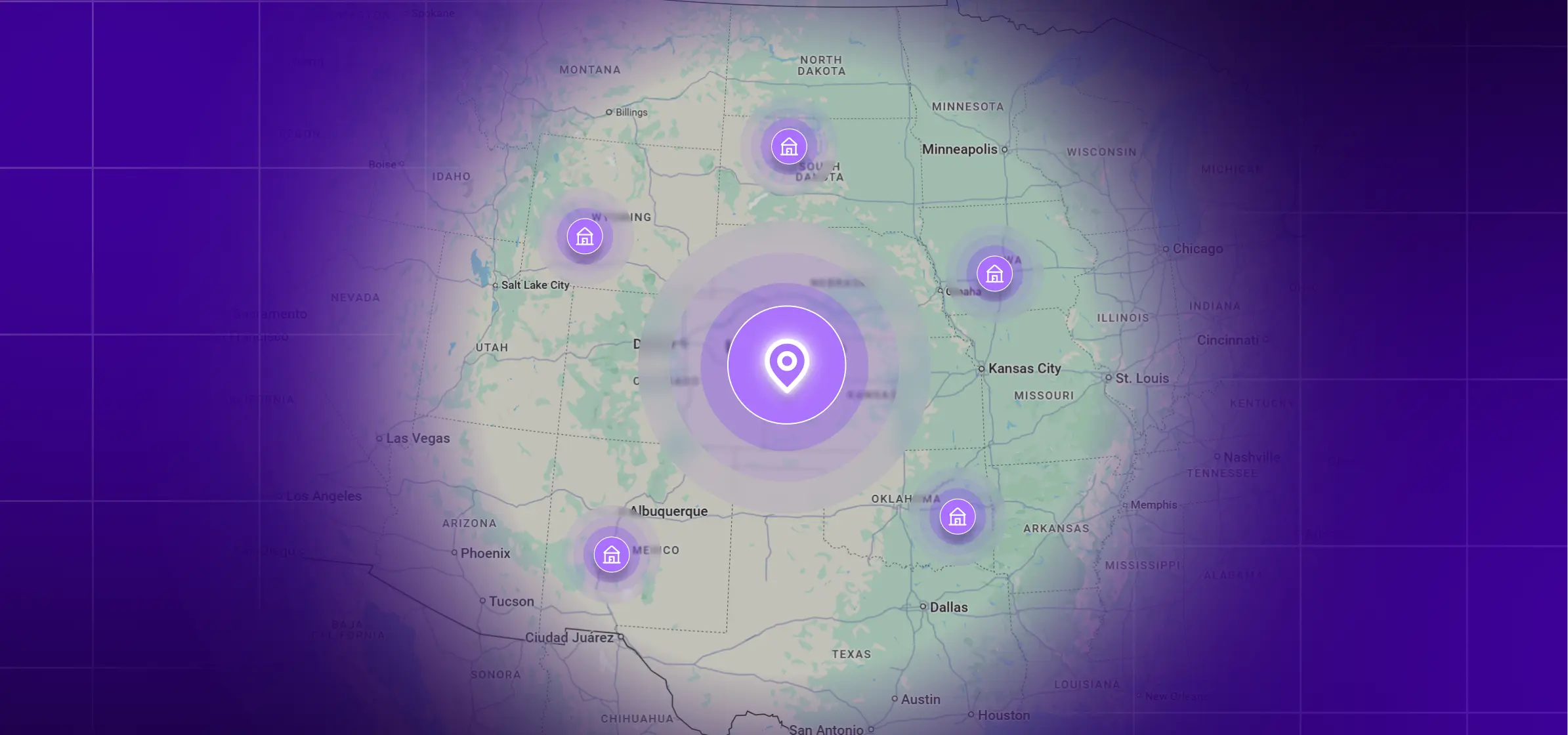
Local business owners hardly hang out on LinkedIn, the “default” channel for B2B prospecting.
Most of the time, they’re swamped with running their business. That also means they’re rarely searching for new tools or services, even if they could use the help.
If you don’t reach out, there’s a good chance they won’t find you through your digital marketing and SEO efforts.
Methods to Find Small Businesses Locally
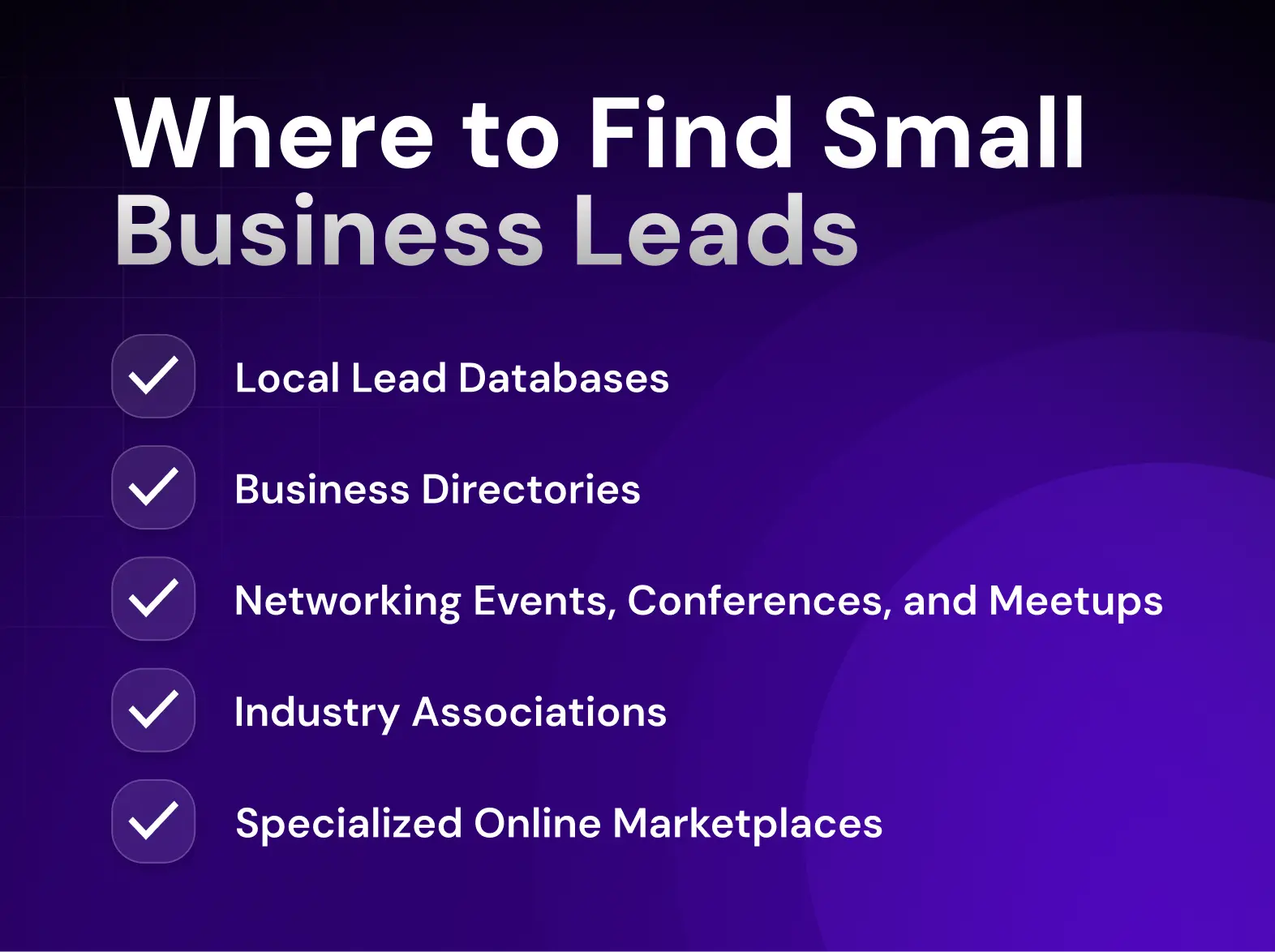
The key to a consistent flow of small business leads is a multi-pronged approach. Instead of relying on one source, like Google Maps, you should diversify your strategy.
1. Use Local Lead Databases to Find Verified Businesses
Most methods are time-consuming and require a lot of manual effort. If you want to find a lot of small businesses fast, your best bet is a local lead database.
These databases store verified business information about key contacts, including names, addresses, phone numbers, and websites.
Most providers are cloud-based and offer flexible plans depending on how many leads you want to access each month. Once you sign up, you can use filter tools to narrow down businesses by your chosen criteria.
Some platforms even offer built-in outreach tools or CRM integrations, so you can move from research to prospecting without switching tools.
Take Artisan, an AI-powered sales automation tool with a built-in business database. Beyond giving you access to verified contact data, Artisan acts as your AI BDR that enriches and engages your leads automatically.
Let’s walk through how to find local businesses using Artisan:
1. Start by launching a Standard campaign and choosing to build a target audience from scratch.
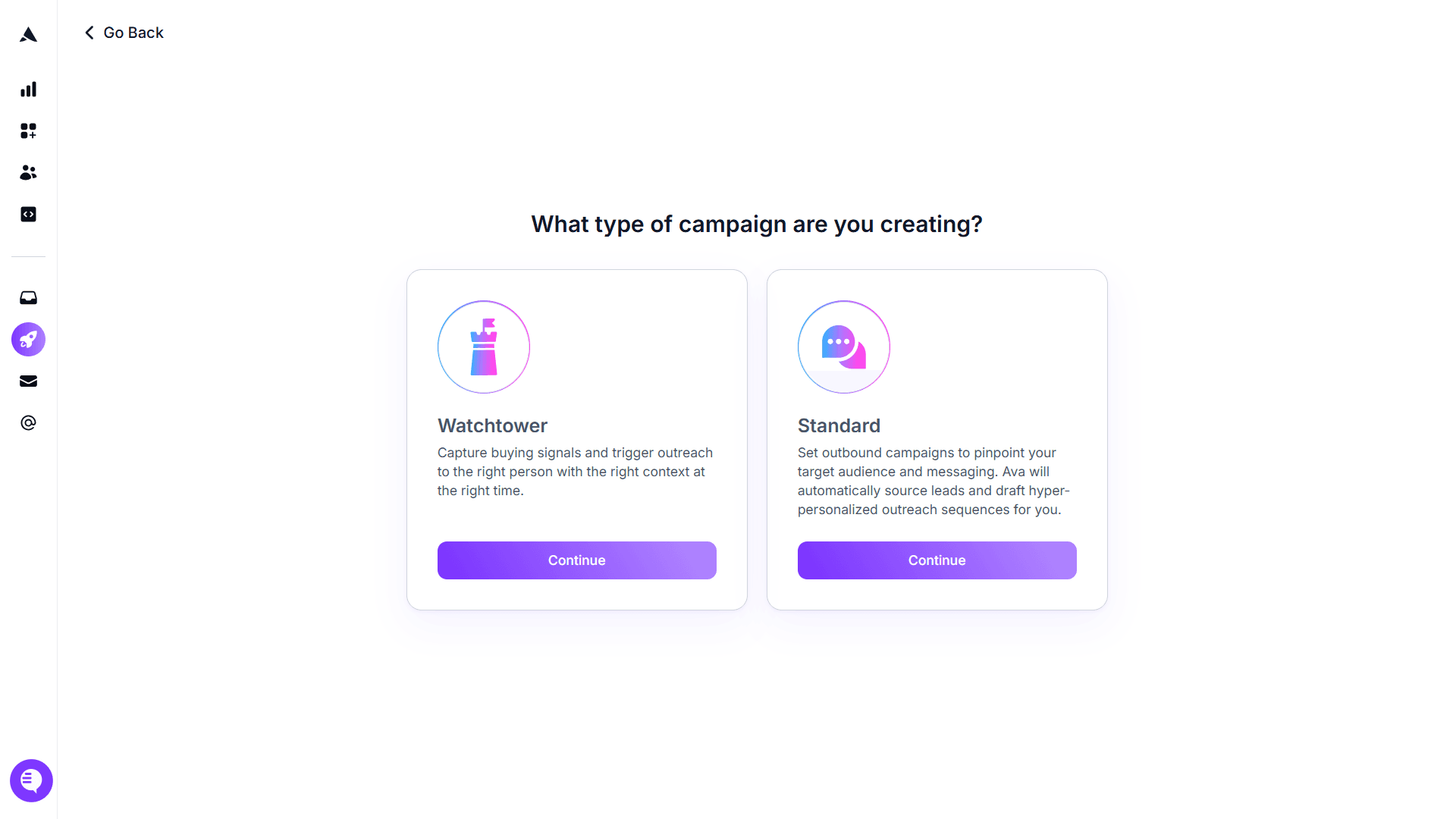
2. Pick Local Data from the Select a Lead Source dropdown and pick your criteria (Business Type, Location, Ratings, etc.). Artisan will surface verified companies that meet your filters. You’ll see a live preview of each business on the right.
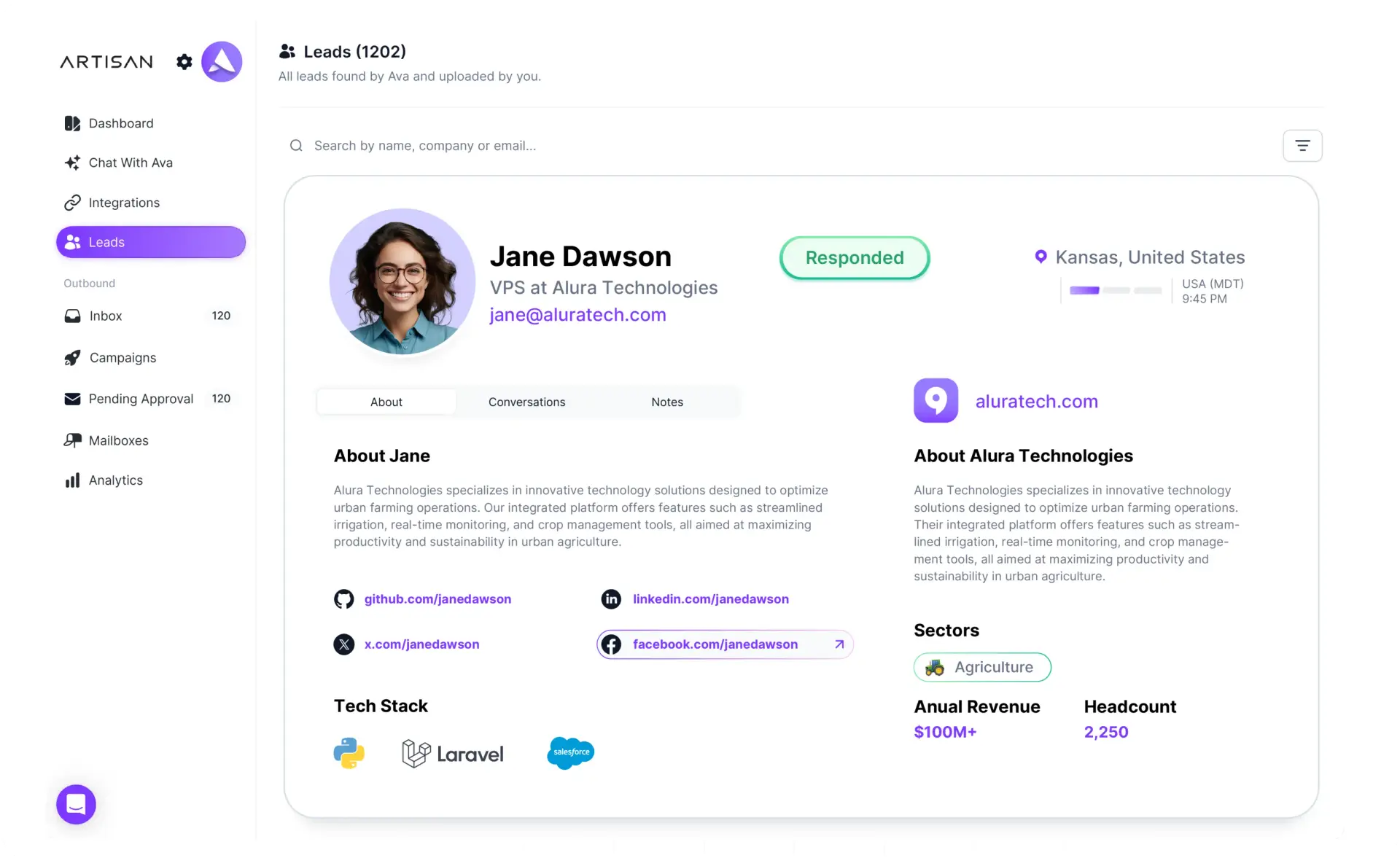
3. Enter details about your offer. Artisan uses this info to auto-generate personalized messages tailored to each contact.
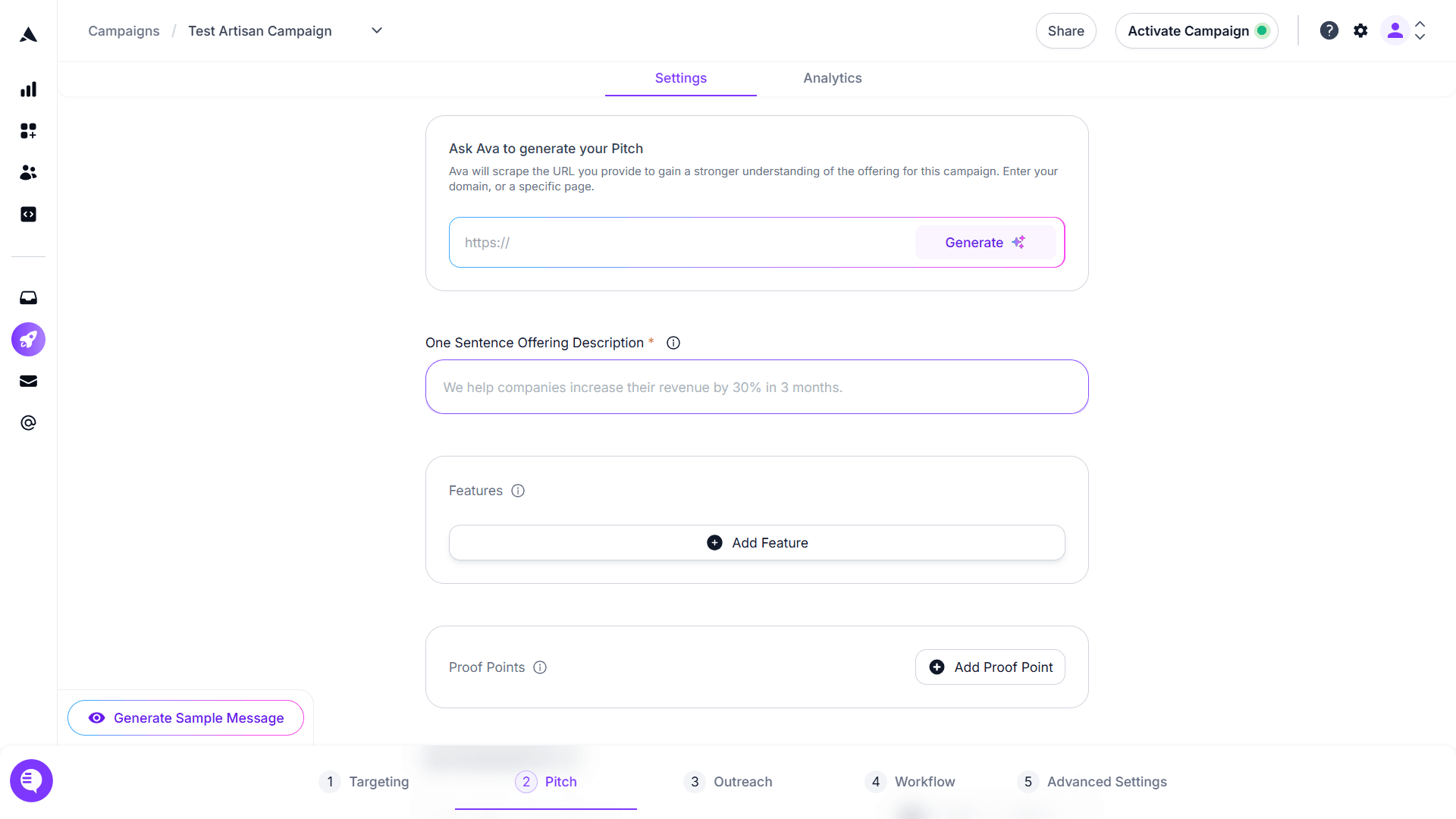
4. Adjust outreach settings, like your message sign-off and tone, as needed.
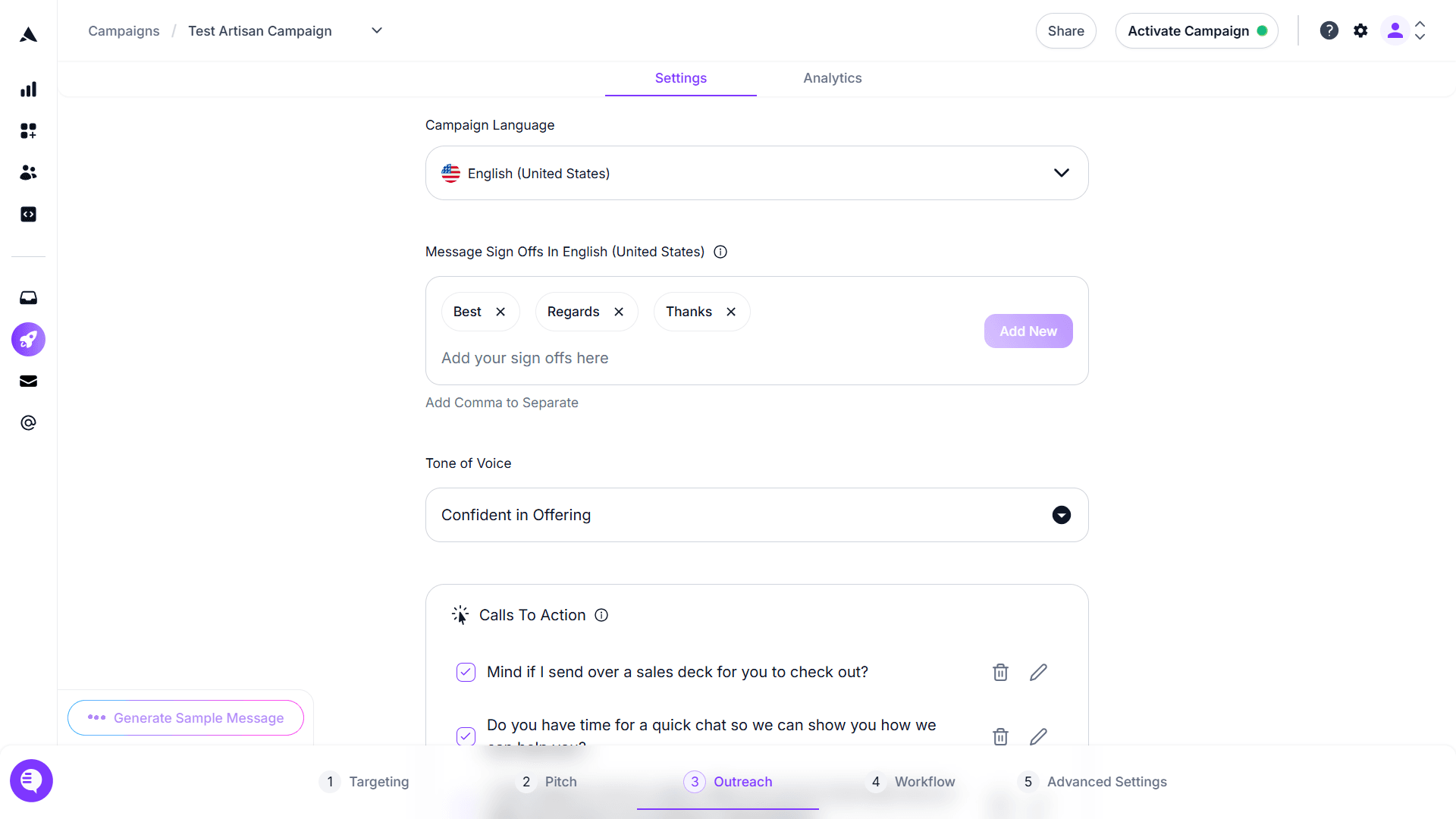
5. Check your workflow, adding additional emails based on your preferences.
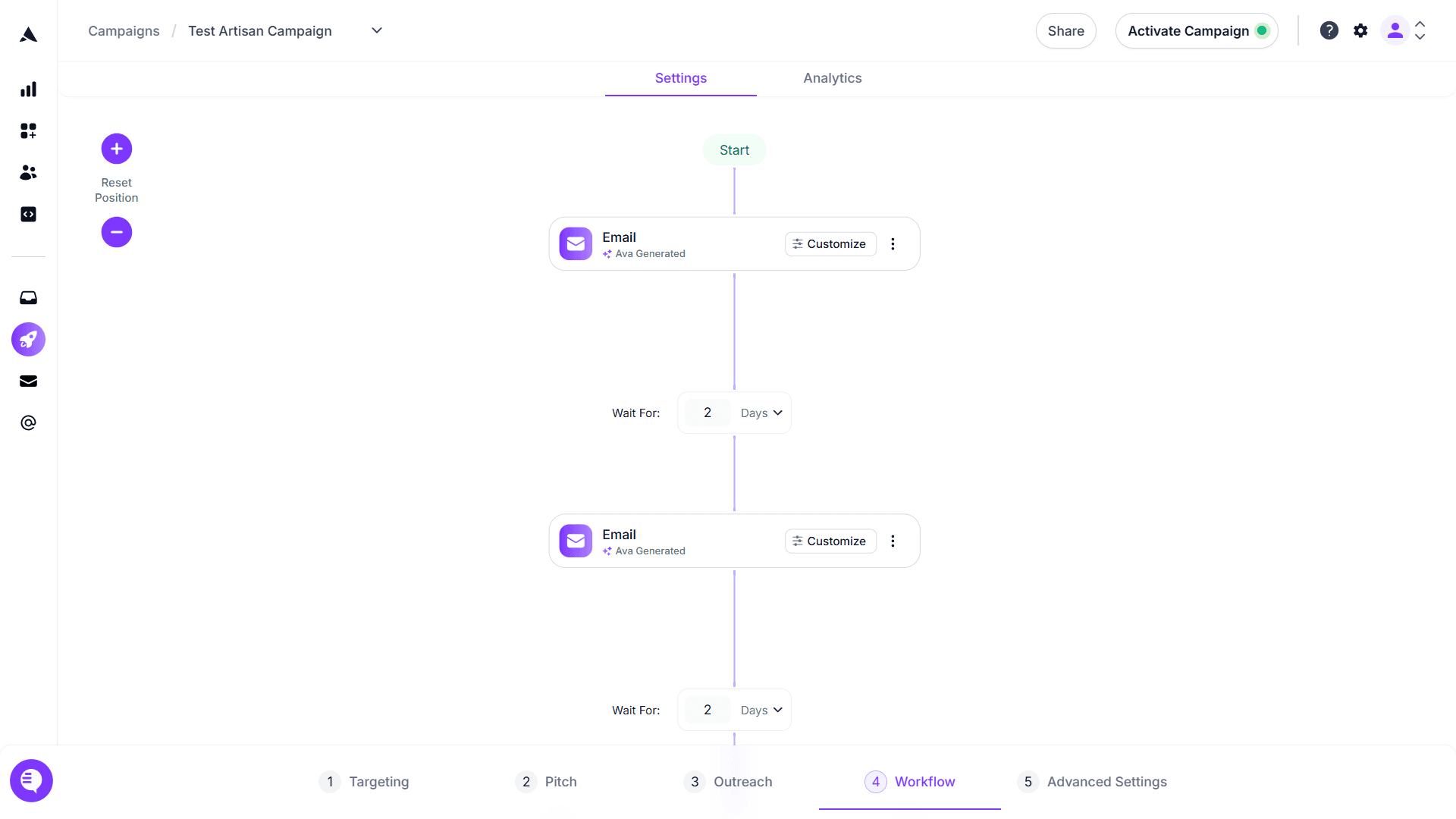
6. Verify campaign settings, hit Activate Campaign and sit back and let AI BDR Ava do the rest.
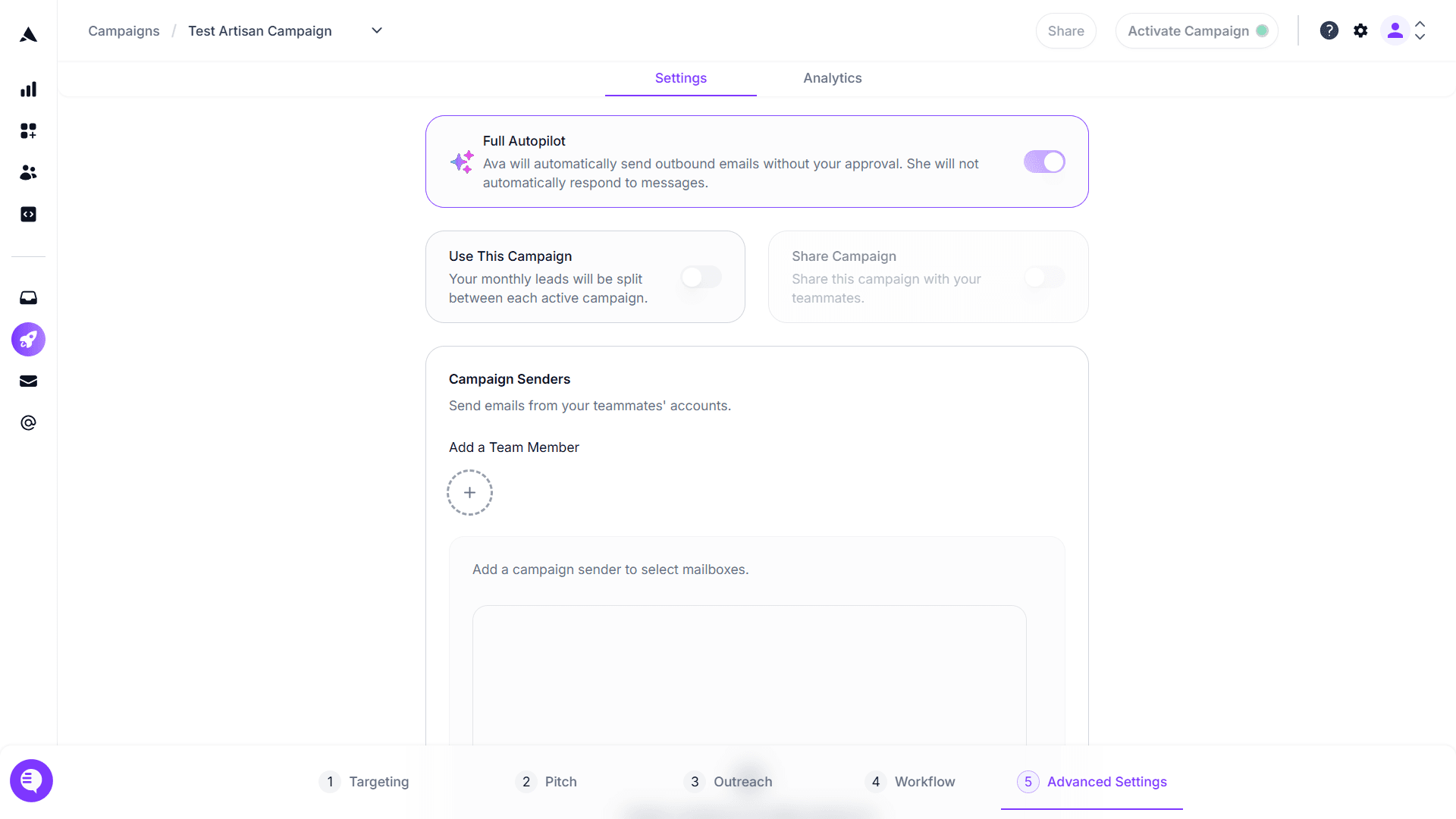
2. Use Local Business Directories
Local business directories are publicly accessible databases that list businesses by location and category. They’re usually free to use, though some charge a fee for access to detailed business profiles or reports.
Here’s a roundup of the top local business directories:
Local Chamber of Commerce websites list member businesses by industry, with contact info and sometimes links to their websites and social profiles.
Yelp features local service-based businesses (restaurants, salons, repair shops, etc.) across the world, with filters by category, location, and review rating.
Yellow Pages is a digital version of the old-school phone book, now searchable online by business type and location.
Local government or city websites may publish business license databases or registries.
Nonprofit online directories like the Better Business Bureau (BBB) in the U.S. and Canada are useful for finding established local vendors.
Let’s look at Yelp to see how the process of finding small businesses with directories works:
1. Search by location and business category (e.g., “nail salons in Chicago” or “coffee shops in New York”) to generate a list of businesses that match your criteria.
2. Sort by rating or number of reviews to access the best results.
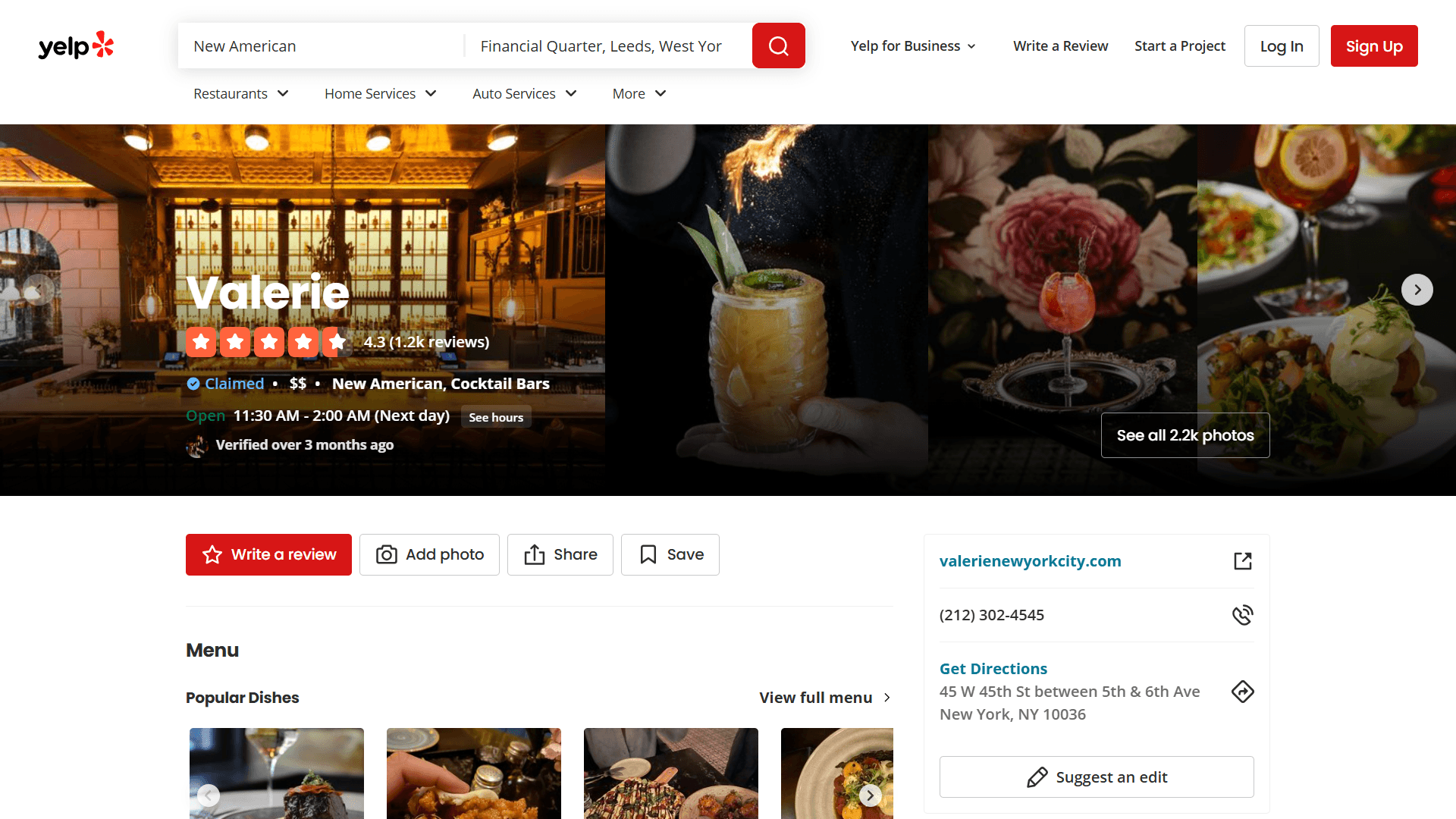
3. Click on each business listing to view details like website, phone number, operating hours, and customer reviews.
The problem with this method is that you’ll need to open each profile individually to access contact info. If you’re building a large list, the process will take a long time.
You can speed things up by using a dedicated Yelp email scraper or a similar tool for the directory you're using. This type of software pulls business names, websites, emails, and phone numbers in bulk, helping you skip the manual work and move faster into outreach.
3. Attend Local Networking Events and Meetups
Attending local events and meetups works best when your average deal size is high and you don’t need hundreds of leads—just a few dozen high-quality, engaged prospects.
Local events, business expos, and industry meetups give you a chance to talk to business owners in person and build relationships that cold outreach simply can’t.
You can find relevant local events on platforms like:
Use the following platforms to find relevant local events:
Eventbrite: Filter by category (e.g., “small business” or “entrepreneurship”) and location to discover upcoming events in your area.
Meetup: Search for networking groups, small business meetups, and niche industry circles.
Local coworking spaces and accelerators: Use these to find community events aimed at founders and operators.
Community boards: Look for relevant Facebook groups or even bulletin boards at libraries and community centers.
And of course, you already know the major events in your niche without even searching. Every industry has those big, can’t-miss conferences where B2B companies show up to be seen.
For example, Pavilion ERP, which sells a POS and customer management platform for jewelers, attended the JCK Show. It’s one of the largest events in the U.S. jewelry trade.
The team had recently launched the solution and aimed to connect with small jewelry store owners face-to-face. In the jewelry business, relationships matter more than anything. And it couldn’t have gone better. They left the conference with dozens of leads.

4. Research Industry Associations and Trade Groups
Industry associations and trade groups are often overlooked sources of high-quality, active small business leads.
Many small business owners join these groups for networking, education, or advocacy. And in most cases, associations maintain public or members-only directories that list all member businesses, sometimes with contact information or links to their websites.
Here’s how to use association directories to find leads:
Start by identifying the key associations in your target industry. A quick Google search like “specialty coffee association US” (yes, it exists) should surface the main ones.
Look for a member directory or business locator section on their site. Many are gated (for members only), but some are public and searchable by location, business size, or specialty.
It’s also possible they have a group chat or Slack community that’s open to non-members—like the U.S. coffee community does. If so, jump in and see if you can connect with your target businesses there.
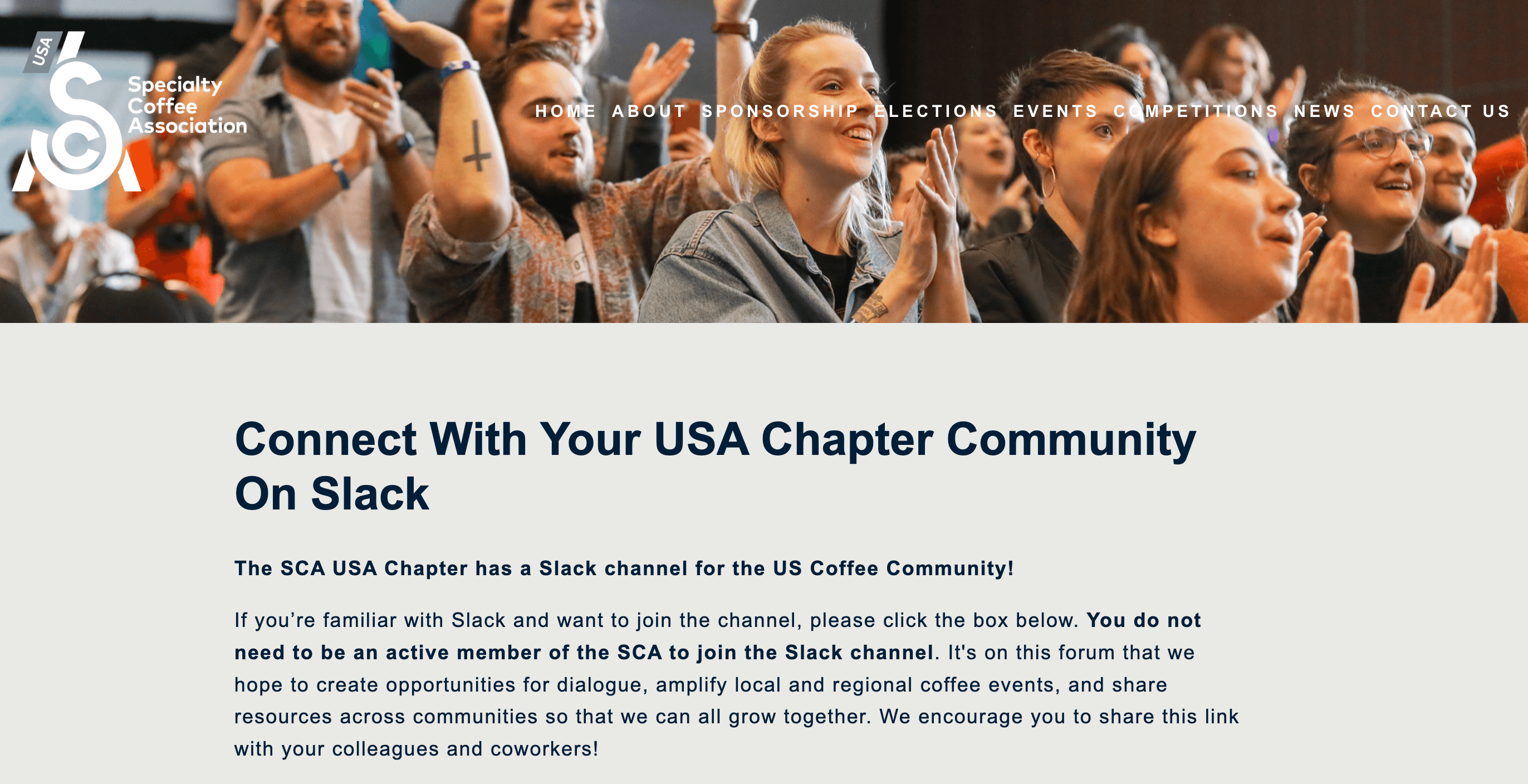
These industry directories are typically more curated than public business listings, so while the volume may be lower, the quality and relevance of leads can be much higher.
5. Use Specialized Online Marketplaces
Industry-specific marketplaces are another underrated way to discover small businesses, particularly those operating in niche or creative sectors.
These platforms attract thousands of independent sellers, service providers, and boutique brands. And in many cases, those sellers are small business owners who are open to new partnerships and new tools.
Here’s a rundown of marketplaces worth exploring:
Etsy is where you’ll find small craft shops, print-on-demand sellers, custom manufacturers, and handmade product businesses.
Upwork is great for identifying small agencies or solo consultants offering professional services in specific locations.
Faire is a wholesale marketplace for independent retailers and product-based businesses.
Thumbtack is focused on local home service providers in the U.S.
Creative Market is home to small digital product businesses selling templates, fonts, themes, and more.
Once you’ve opened an account with a marketplace, use its search and filter tools to narrow in on businesses in your ideal category or location.
For example, you could search for “organic skincare” on Etsy or “interior designer” on Upwork and browse the profiles that come up.
When you find a promising lead on an online marketplace, here’s what to do:
Visit their profile page to learn more about their business.
Look for links to their website, social media platforms, or contact forms.

Reach out with a warm intro that shows you’ve looked into their business and have something specific to offer.
Keep in mind that some platforms may discourage cold pitches within the site itself. So it’s generally better to take your outreach off-platform and connect with the business through their external channels, like Instagram or Facebook.
If you're targeting small businesses in creative or digital spaces, you may want to use AI-powered video creation tools to quickly produce personalized intros or product demos for outreach. It's a unique way to stand out from generic emails.
How Artisan Can Help You Engage Small Businesses
Finding local small businesses is one thing. Getting them to respond is another. Once you’ve built your list of leads (either using the Artisan database or on your own), Artisan enriches profiles with extra details and writes tailored messages based on what you’re offering and who you’re reaching out to.
You can launch your email outreach straight from the platform, which takes care of follow-ups and sets up a timeline you control. As leads start opening, clicking, and replying, Artisan tracks all of it—so you know who’s interested and who to focus on.

